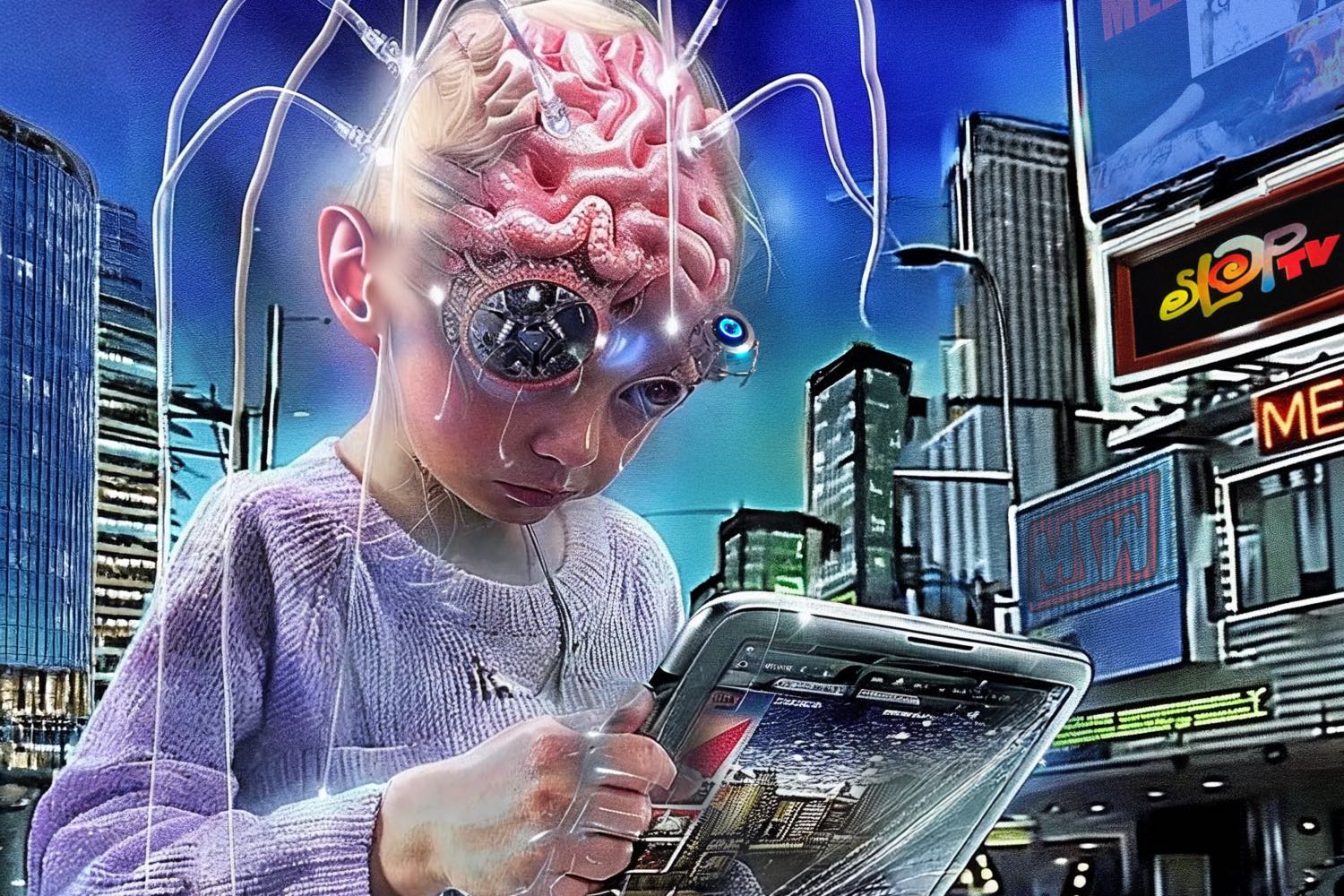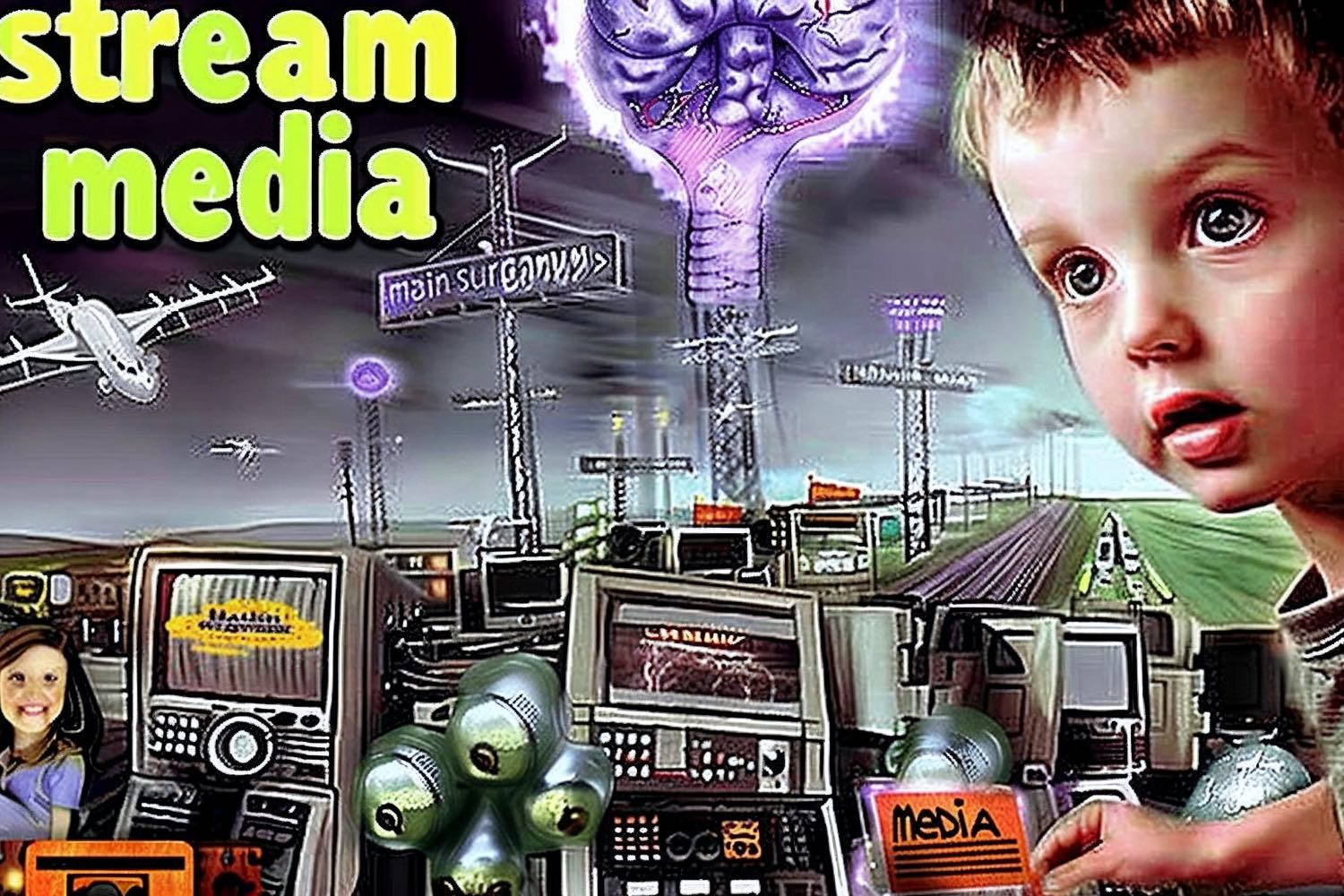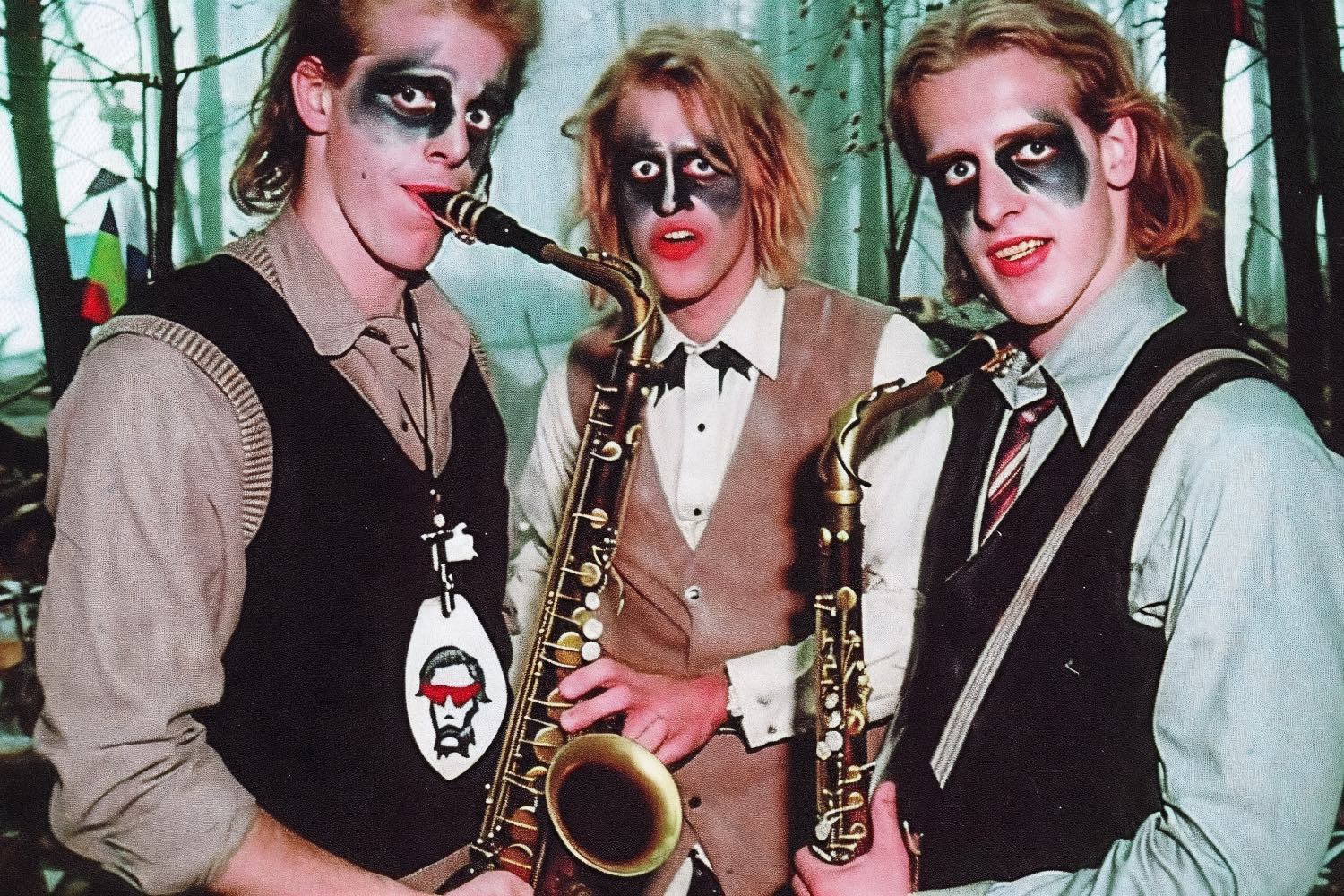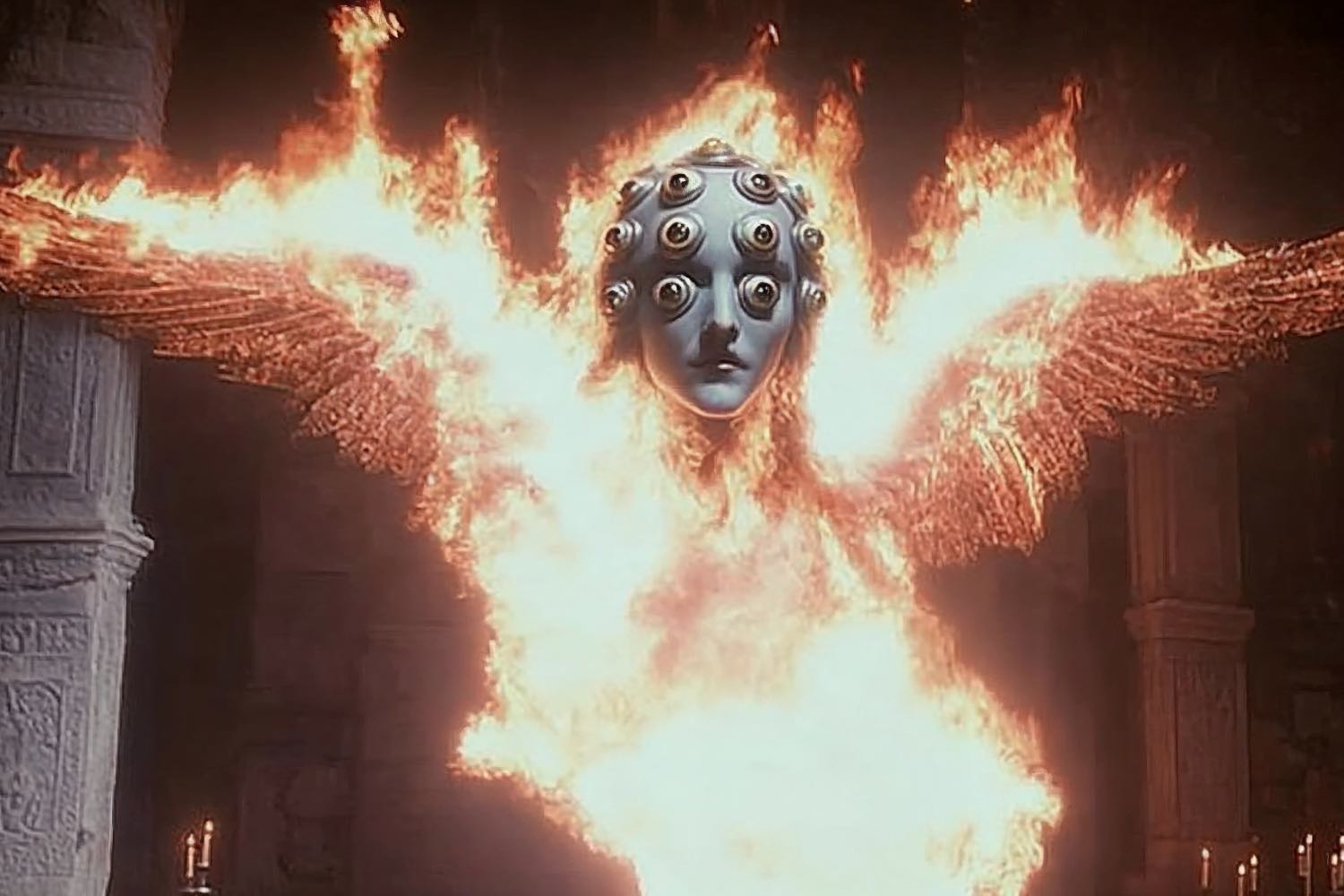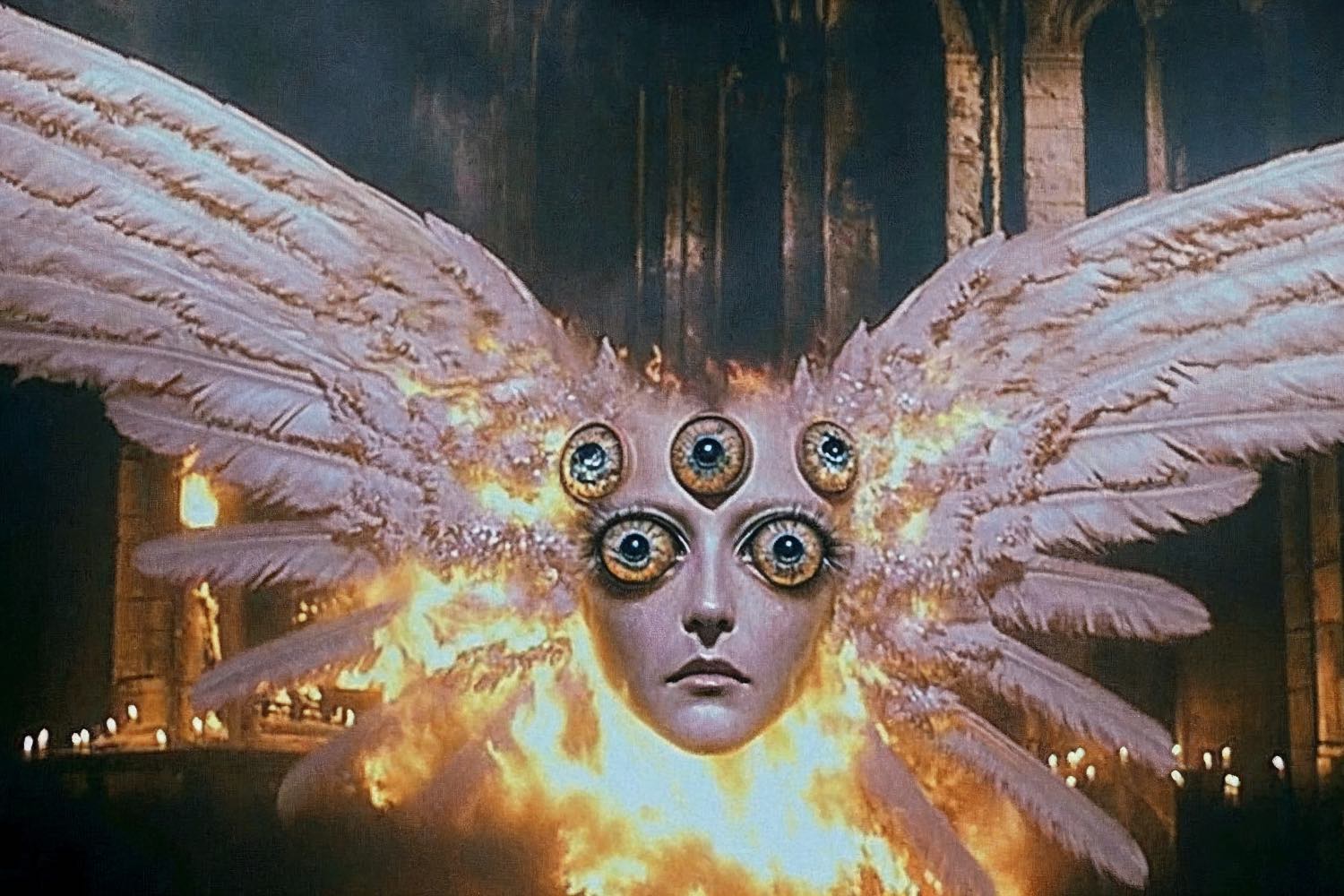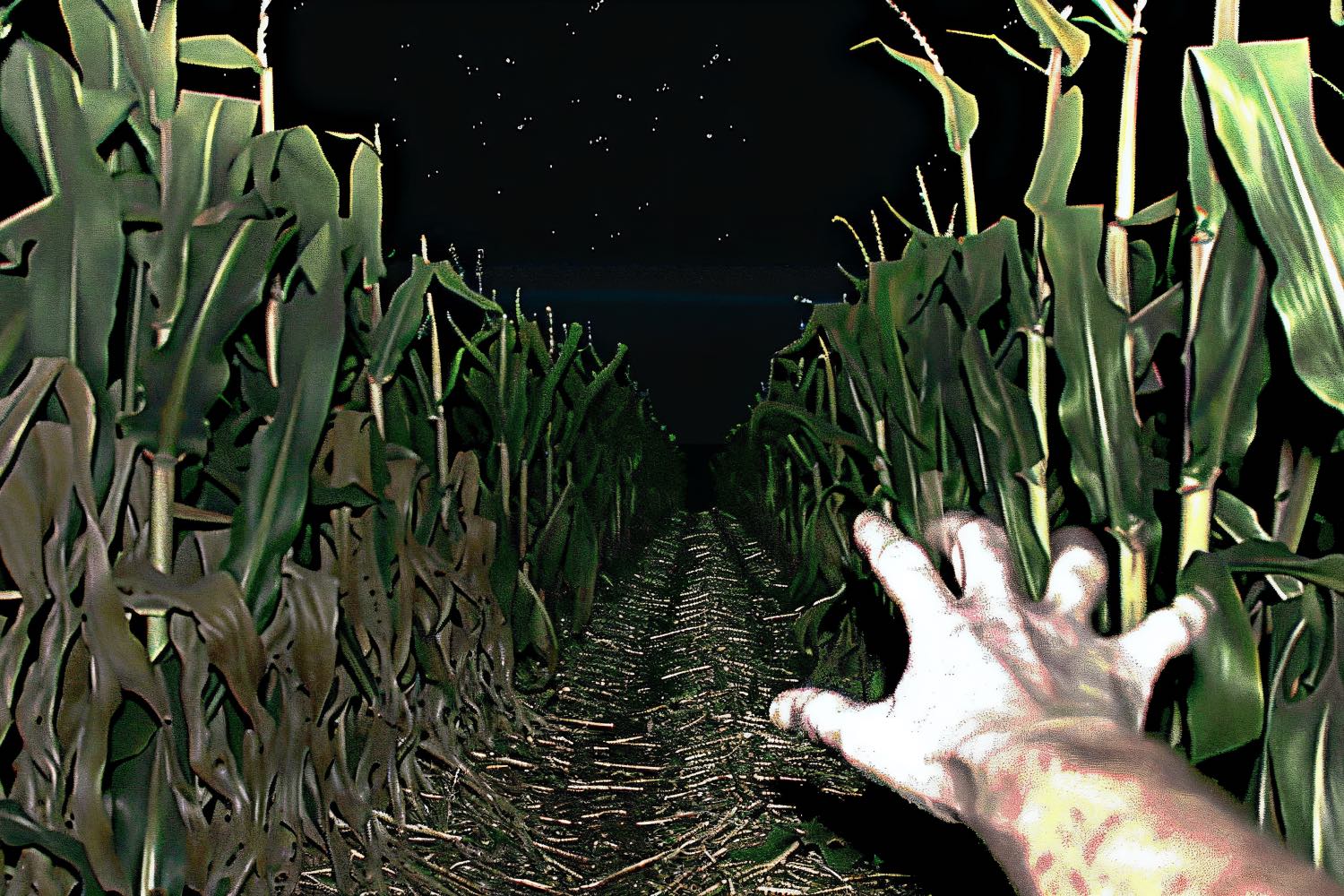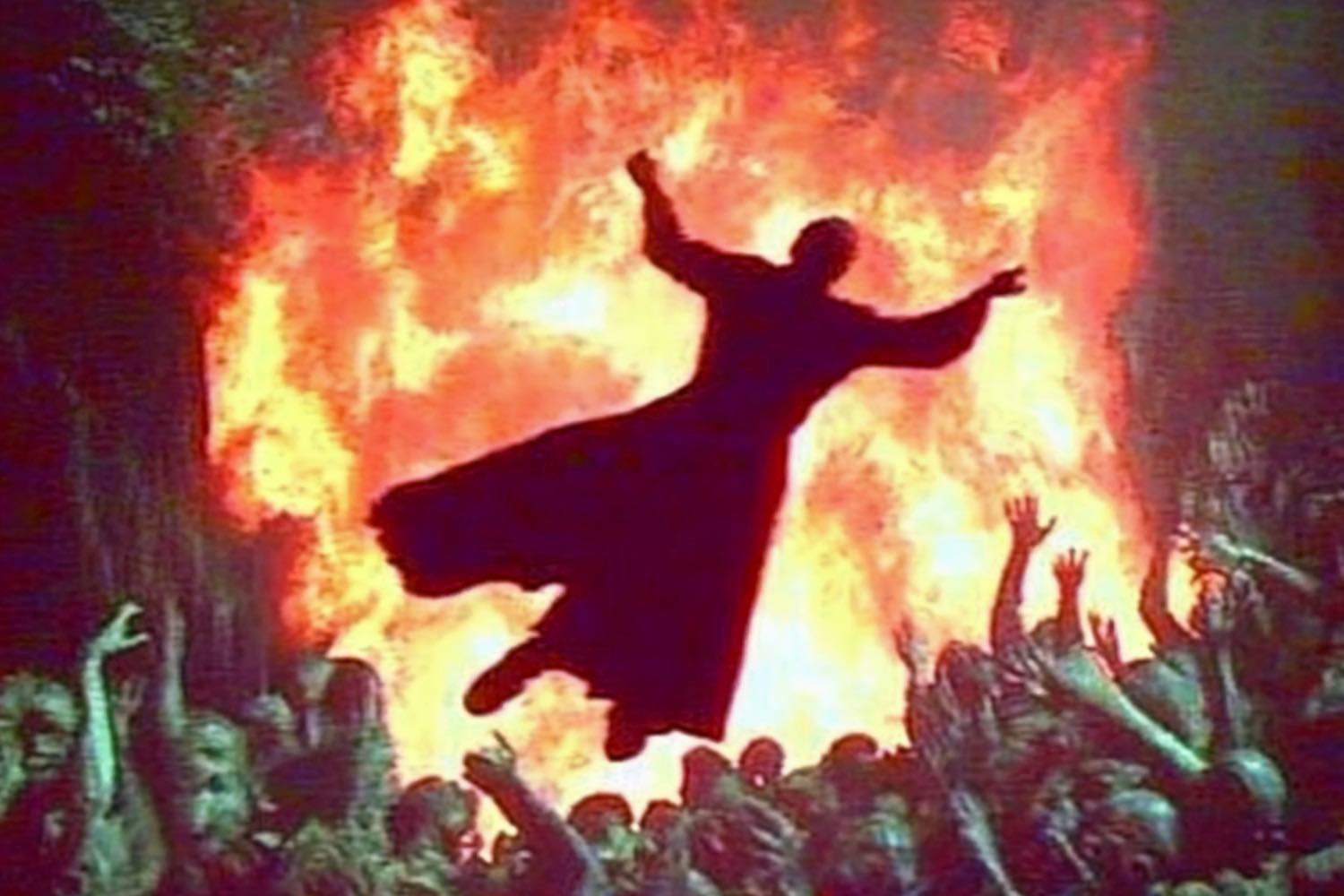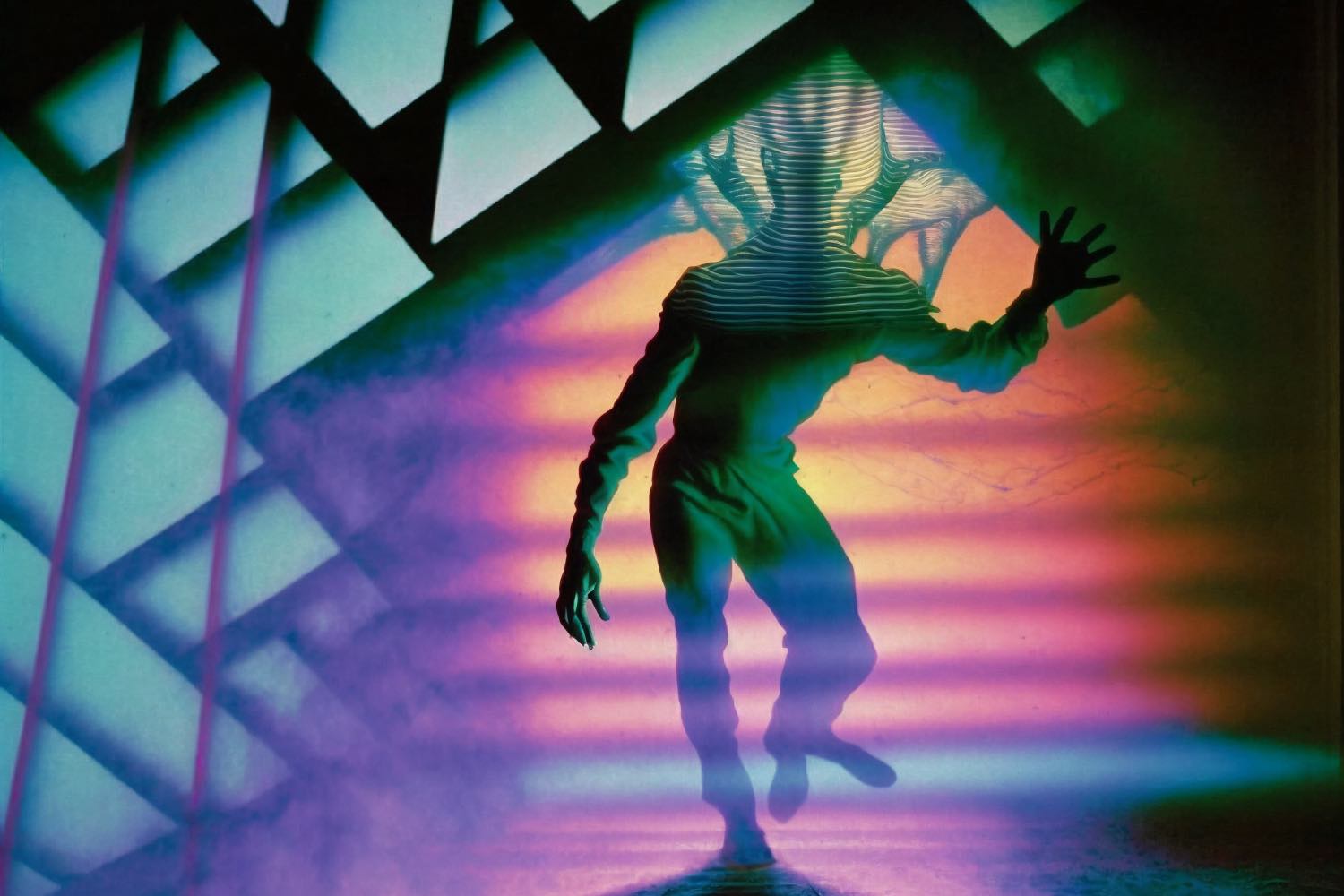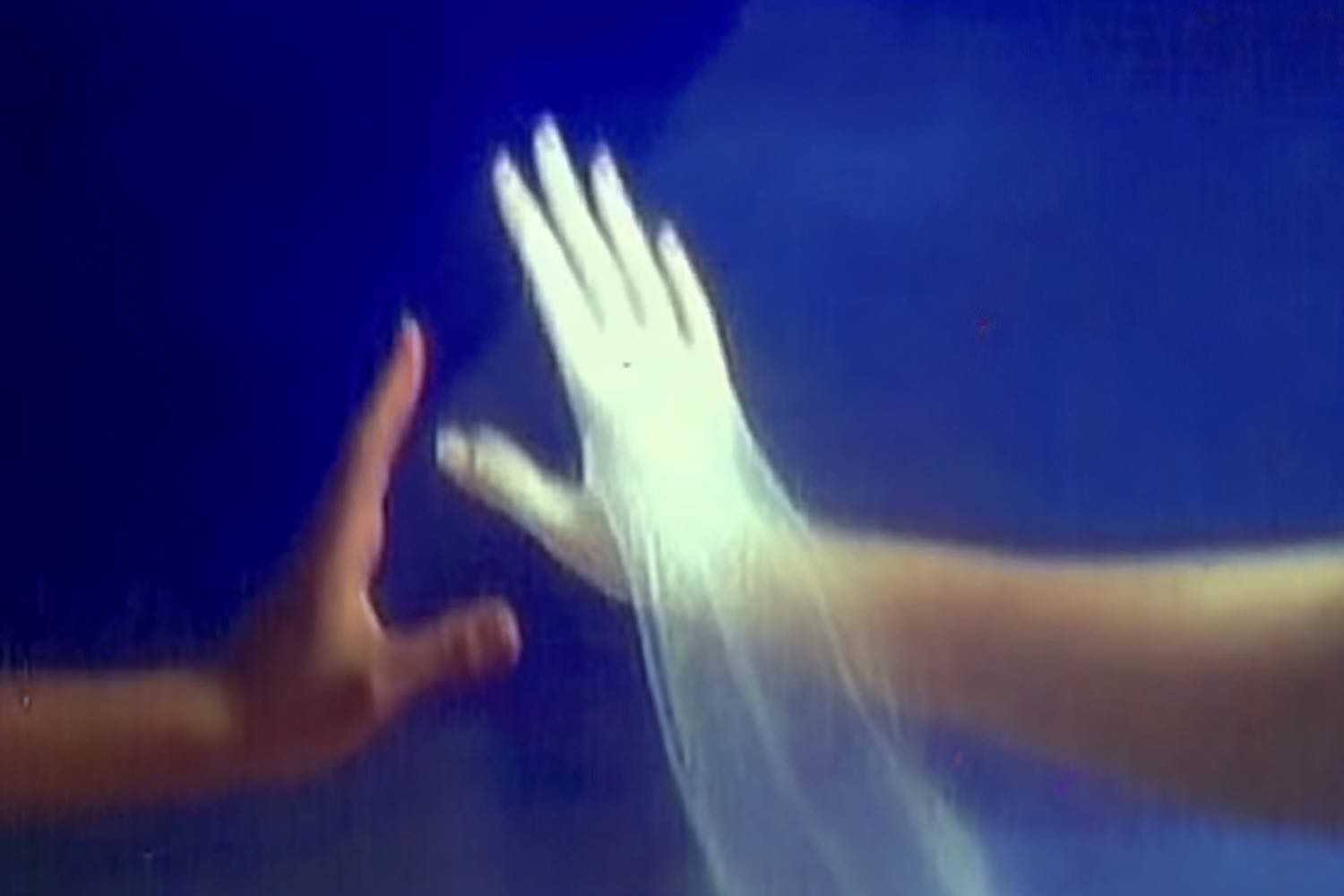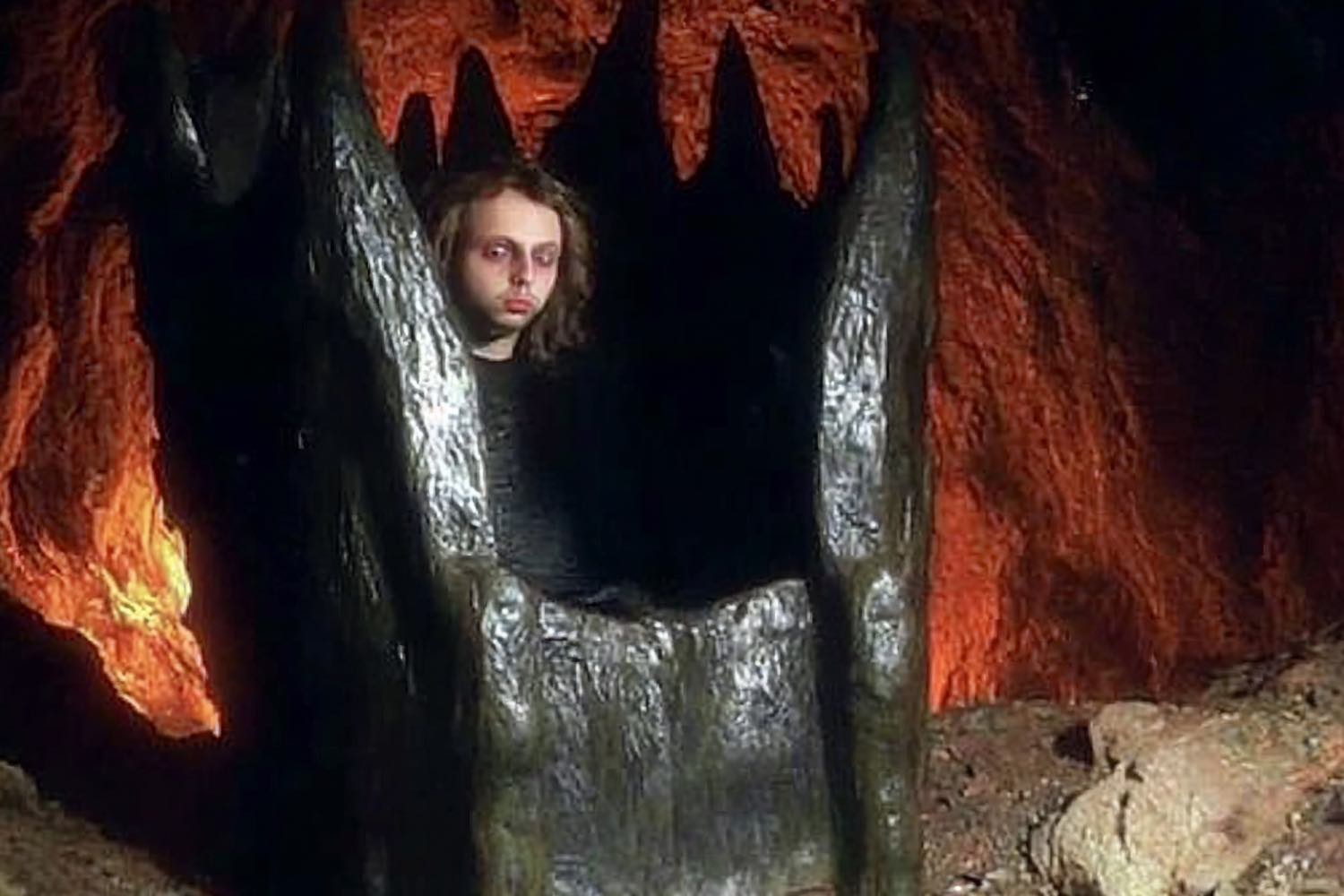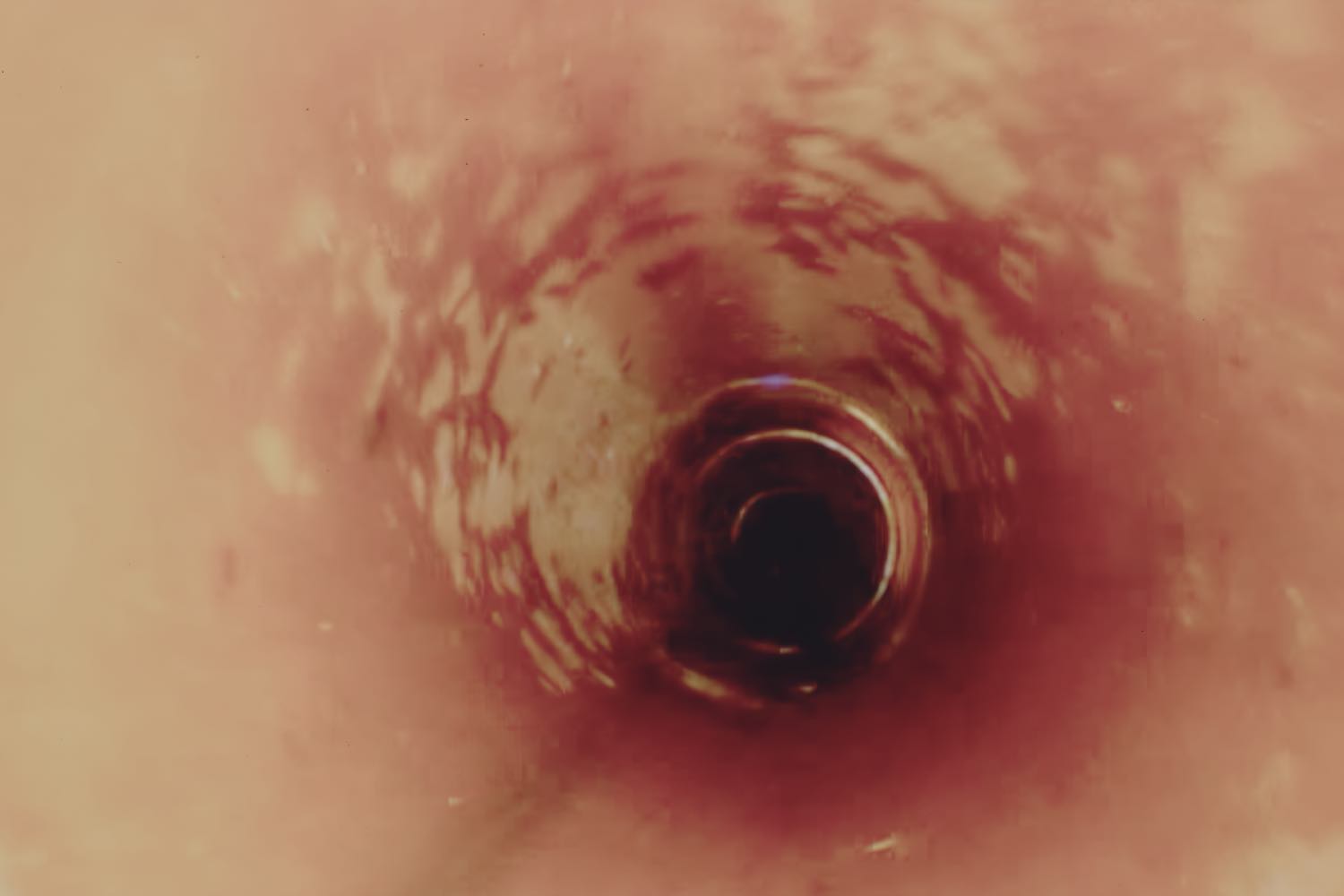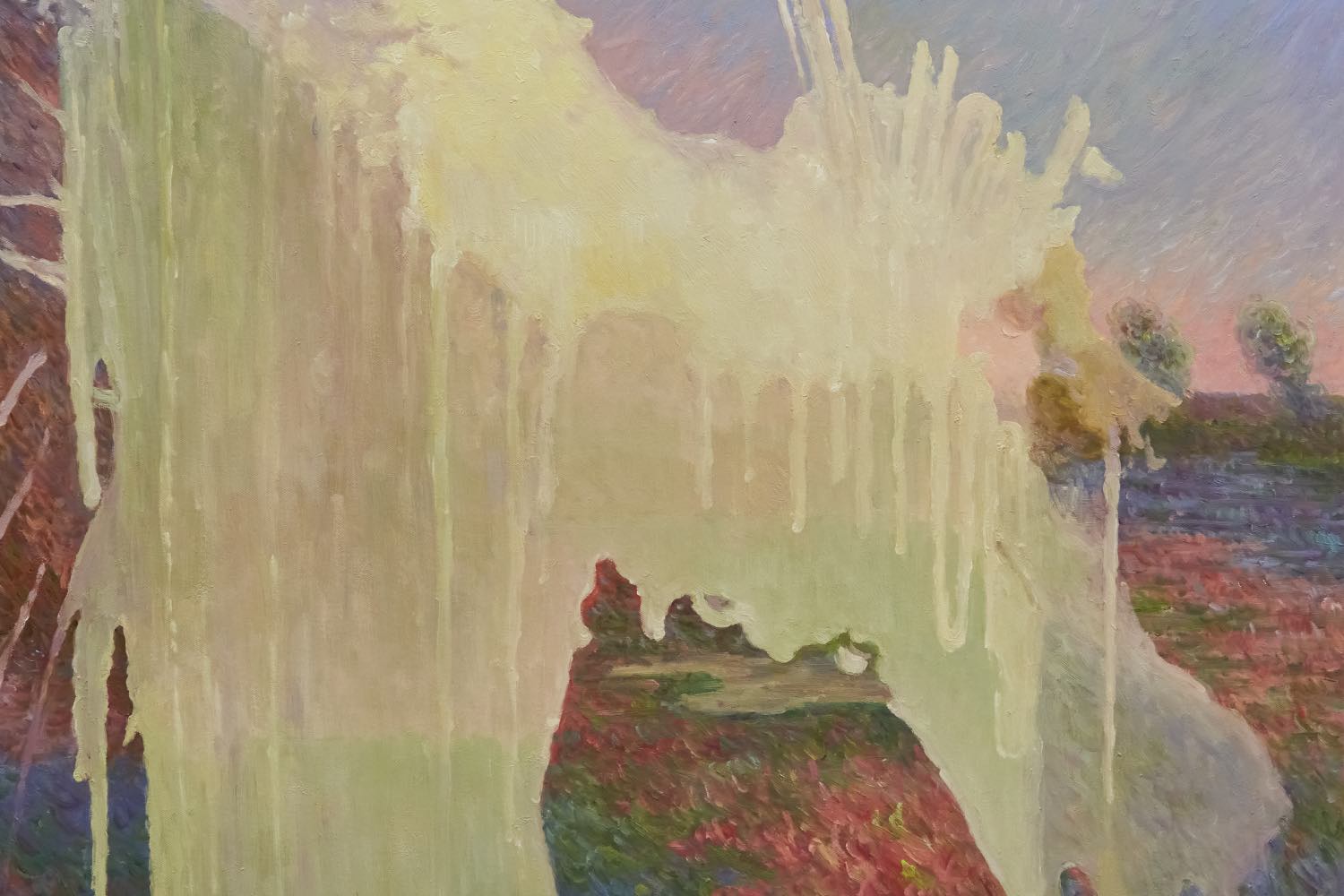For nearly two decades, Jon Rafman has been a leading voice in the discourse about the relationship between Internet technology and visual culture. Throughout, he has used widely accessible consumer tools to cast our relationship to technology into timeless relief. This seemingly contradictory approach — the use of cutting-edge technologies to expose the broad, epochal crises of modern experience — is precisely what gives his work its lasting power. Rafman moves fluidly across the hierarchy of artistic production, seamlessly engaging with everything, from viral Internet detritus to canonical masterworks. In doing so, he deepens the habitually shallow products of mass culture and grounds the often flighty artifacts of the prestigious institutional tradition.
With Nine Eyes of Google Street View (2008), Rafman pioneered a form of virtual flânerie made possible by Google’s mapping technology. Exploring the world through the screen, he highlighted moments of aesthetic power, serendipitously captured by the indi!erent apparatus of the Google camera car. In Dream Journal 2016–2019 (2019) and Minor Daemon: Volume I (2022), Rafman mobilized the computer graphics tools made ubiquitous by production houses, like Pixar and Dreamworks, to launch sagas of surrealist, free-associative drama, richly populated with a cast of mutants, freaks, and archetypes. In these works, as in all periods of Rafman’s output, he has achieved a density of content that mirrors the evasive texture of dream life. Their complexity extends beyond direct symbolic representation, dissolving into a nebulous ocean of meaning. One often emerges from his works a bit drunken, or at least hungover, seeing reality anew through the slippery lens of his digital surrealism evocative of the Baudelairian “forest of symbols.” This lingering haze is Rafman’s greatest effect, as his work saturates everyday experience with the sublimity of an artistic universe — ultimately dissolving the boundary between the real and the virtual. It’s where his specific engagement with technology becomes an expanded statement on art’s right to exist. The AI era has dilated these themes and patterns in Rafman’s work further. In his latest opus, Main Stream Media Network (2025), he revisits the golden age of unidirectional broadcast media— MTV, VH1, and the like — through the kaleidoscope of our multifaceted, post-digital, post-AI mass culture. Generated entirely with AI, Main Stream Media Network hosts a complex universe of musical artists, niche pseudo-subcultures, absurdist biographies, and disorienting montages. Initially presented in his solo exhibition “Proof of Concept” (2025) at Sprüth Magers, Los Angeles, this work is an open-ended, fluid, and evolving endeavor. It seems to address the flattening trajectory of visual culture we’ve been witness to in recent years: the gradual fragmentation of the once-monolithic mainstream on the one hand, and the consolidating conservatism of the “underground” on the other. If these theses are present in his work at all, they remain oblique and indirect — never didactic, always embracing contradiction and ambiguity. This openness and immediacy provides the viewer with a spontaneous opportunity to reappraise their own relationship to images and technology, high and low, real and virtual.

